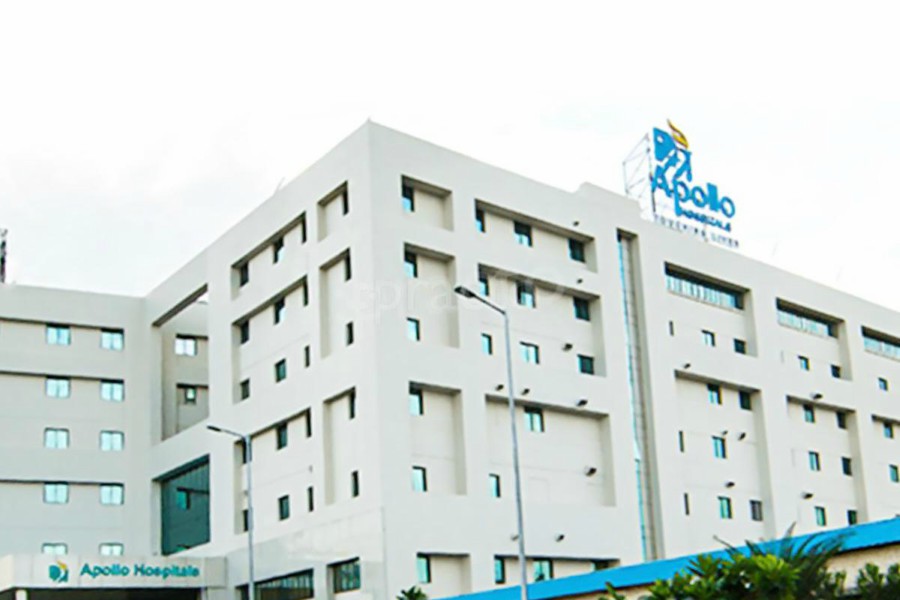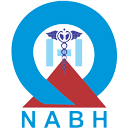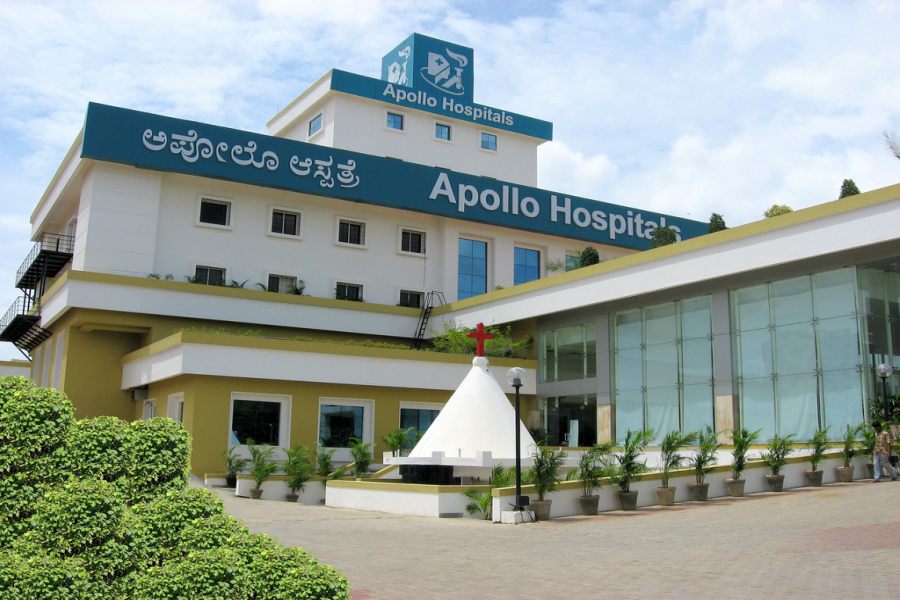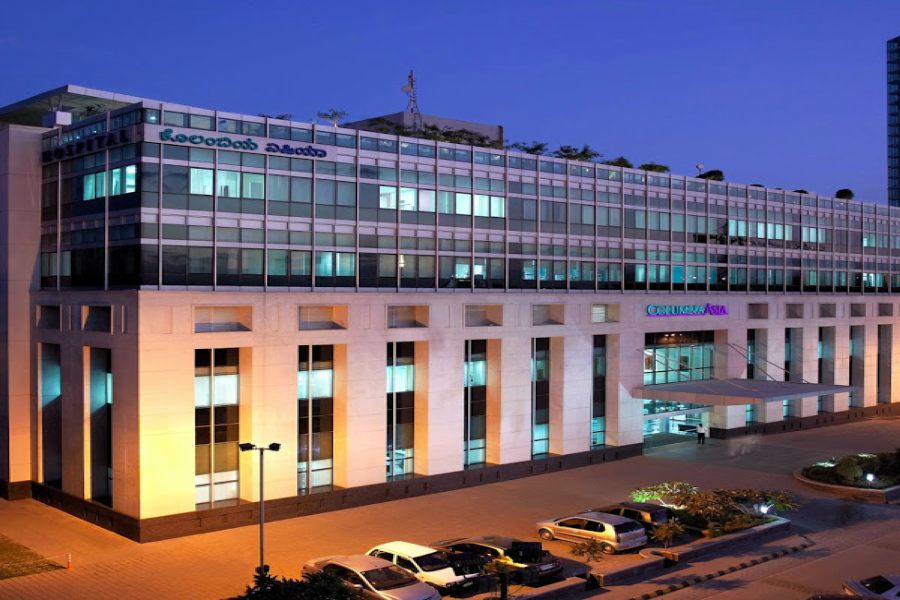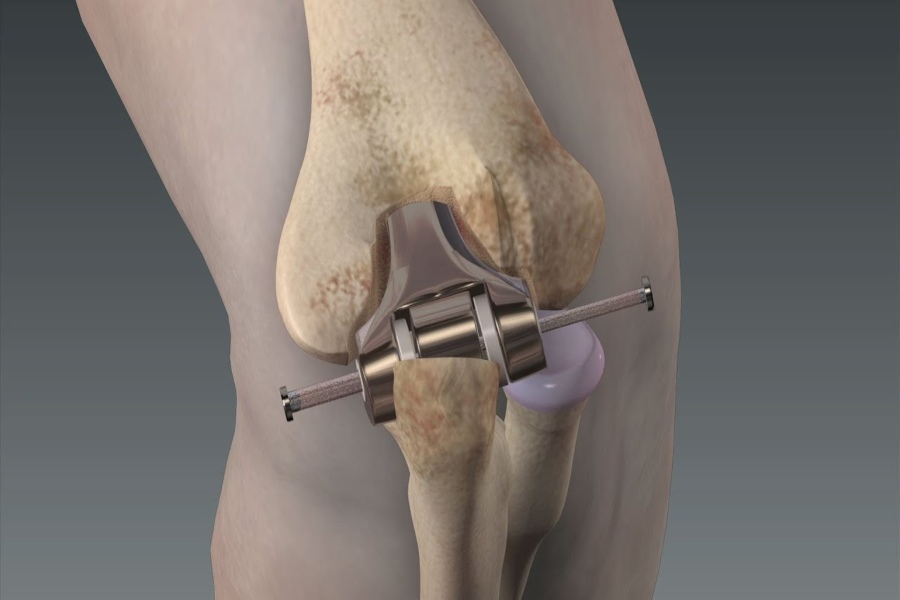
Overview
Elbow replacement is a complicated surgical procedure as the elbow has several moving parts which work in tandem to perform its function. Damage to the elbow can occur due to many reasons ranging from arthritis (rheumatoid arthritis, osteoarthritis, post-trauma arthritis) to severe fractures and injuries. An elbow replacement surgery is performed to remove the damaged parts of the elbow joint (bone surfaces and cartilage). The removed parts are replaced with artificial surfaces known as implants. The artificial elbow implants are made up of either metal or durable plastic material.
It is essential to know that the goal of an elbow replacement surgery is to reduce pain and stiffness, thereby helping the elbow function better, and this surgery cannot make the elbow work normally as it did, before the condition or the injury.
ELIGIBILITY
An elbow replacement surgery may be the option for individuals with severe elbow joint pain that do not subside with non-surgical treatments. It is most often the treatment option when the pain interferes with daily life. Several other factors such as age, bone density and overall health also play a role in determining whether one can undergo an elbow replacement surgery.
PREPARATION BEFORE PROCEDURE
The doctor will perform a complete physical examination and evaluate the medical history of the individual. This helps to determine if the individual is fit for the procedure. It is best to inform the doctor about any medications being used. The doctor may recommend stopping certain medications at least two weeks before the surgery. It is also important to inform the doctor about any allergies, injuries or conditions which may affect the course of the surgery.
On the day of the operation, the patient should not eat or drink anything for a minimum of eight hours.
PROCEDURE TYPE
There are two types of elbow replacement surgeries. These include:
- Total elbow replacement surgery: In this type of surgery, the entire elbow joint, ends of the bones (humerus and ulna) which join at the elbow also need to be removed. The removed parts are replaced with prosthetic hinges.
- Partial elbow replacement surgery: Only the damaged parts of the elbow joint are removed and replaced with prosthetic implants.
ABOUT PROCEDURE
Elbow replacement surgery is performed under general anaesthesia (puts the patient to sleep) or regional or spinal anaesthesia (numbs the arm). The doctor will monitor the vitals before and during the operation.
An incision is made on the back of the elbow to get a clear view of the elbow joint. The damaged tissues and parts of the bone ends, connecting the elbow joint, are removed. A hole is made in the center of the bones with the help of a drill. The replacement stems are then placed in the center of the bones and connected with a hinge pin.
The prosthetic systems are of two types:
- Linked prosthesis: In this type of prosthesis, the hinges are loose as the other parts of the replacement joints are connected to it. Linked prosthesis provides good joint stability.
- Unlinked prosthesis: It is composed of two separate pieces which are not connected. These separate pieces are placed into the two bones that connect the elbow. This type of prosthesis is dependent on the surrounding tissues (ligaments) to help hold the joint together.
The tissues surrounding the elbow joint are also repaired. A temporary tube is placed in the incision site to drain out the excess surgical fluid.
The incision is closed with stitches and covered with a sterile bandage. The arm is placed in a splint to keep it stable until the elbow heals.
POST-PROCEDURE CARE
The patient will be moved to a recovery room until the effects of anaesthesia wear off. The vitals will be monitored, and prescribed medications will be administered. Once the anaesthesia wears off, the patient will be shifted to the general wardroom. Most patients can move and get out of bed, the day after the operation. The patient will most likely be tolerant to solid food.
A physical therapist will teach some exercises which can help strengthen the hand and wrist to prevent any stiffness. It also helps to reduce swelling of the hand. A few gentle exercises of the elbow will help to improve the range of motion as the wound heals. These exercises should be followed even after discharge.
The patient will be discharged in two to four days after the operation.
RECOVERY TIPS
Some of the tips which can help in faster recovery include:
- Avoid activities that can cause injury to the elbow, such as lifting heavy weights, heavy-duty work (hammering) and playing contact sports.
- Do not put weight the treated arm while getting out of a chair or lying down on the bed.
- Avoid activities involving pulling or pushing, such as opening the door, etc.
- Refrain from exceeding the range of motion approved by the doctor.
- Perform the recommended exercises for at least four to five times a day.
- Avoid household chores such as mopping, sweeping, cooking, etc.
- Include plenty of fresh fruits and vegetables in the diet.
- Drink a minimum of eight glasses of water per day (unless recommended otherwise by the doctor).
- Wear loose clothing.
- Apply ice or ice packs on the wound to reduce pain.
FACTORS AFFECTING COST
The procedure cost depends upon:
- The type of implant material used
- The treatment method
- Other collaborative treatments needed


 Best Hospitals
Best Hospitals
